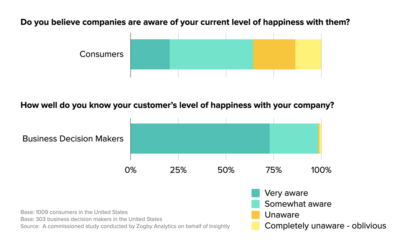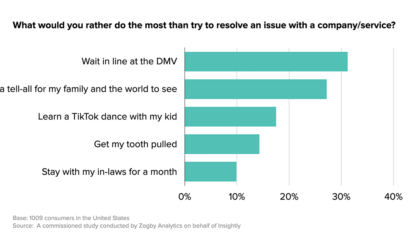The following should not be news to you, but it’s sometimes easy to forget: Your customers aren’t just lines in a spreadsheet or records in your CRM system. They are people. And if you want to develop long-lasting relationships with these people, you need to connect with them. Specifically, you need to touch them at three key body parts. (Don’t worry, this won’t be awkward at all.)
Hands. With four long fingers and nifty opposable thumbs, our hands help us do things. Your customers have things that they’re trying to do when they do business with you, like fixing a chipped tooth, looking for a dress for a friend’s wedding, or planning a trip to Italy. You might call these goals, tasks, or jobs to be done. By developing useful products and services and getting them into your customers’ hands, you’re helping customers do the things they need and want to do.
Head. The head is the seat of our cognitive faculties and information processing functions like perception, recognition, and memory recall. It’s your customers’ heads that help them navigate health insurance websites, fill out mortgage applications, and connect their new cable boxes. Your products and services (and the experience that envelops them) shouldn’t make your customers’ heads hurt. Just like the office supplies retailer Staples, you need to aim to make every single interaction easy for your customers. (Unless, of course, you’re a game developer, in which case being difficult is sometimes the point.)
Heart. The heart is our metaphorical emotional core. It’s impossible to disconnect your customers’ emotional needs from their functional needs. This is obvious when your customers are buying a new car or giving birth to their first son — but it’s equally true when they’re ordering a coffee or joining a gym. And don’t forget that we bring our emotions with us when we go to work, so B2B companies are not off the hook in this area! You need to understand your customers’ underlying emotional drivers (both on the aggregate and individual levels) and make sure that your customer experience is aligned appropriately.
Lots of companies are talking about “humanizing the customer experience.” At its essence, this means remembering that your customers are human. Keep the three H’s of customer anatomy with you as you’re working today and ask: Will this decision or action connect us with our customers’ hands, heads, and hearts?




